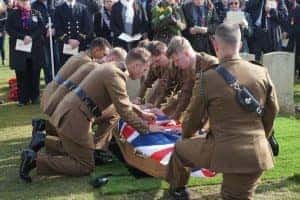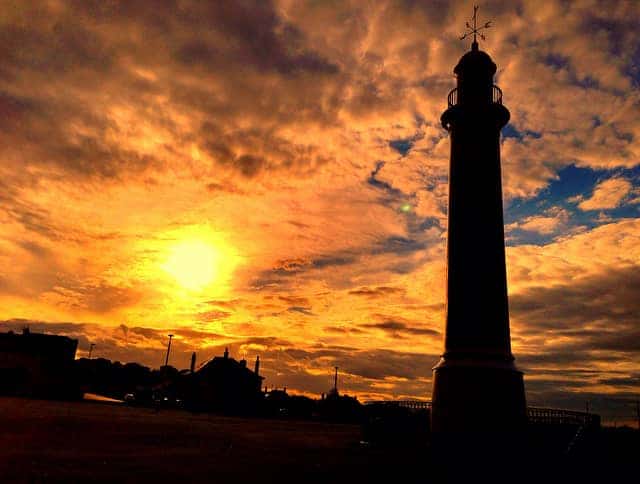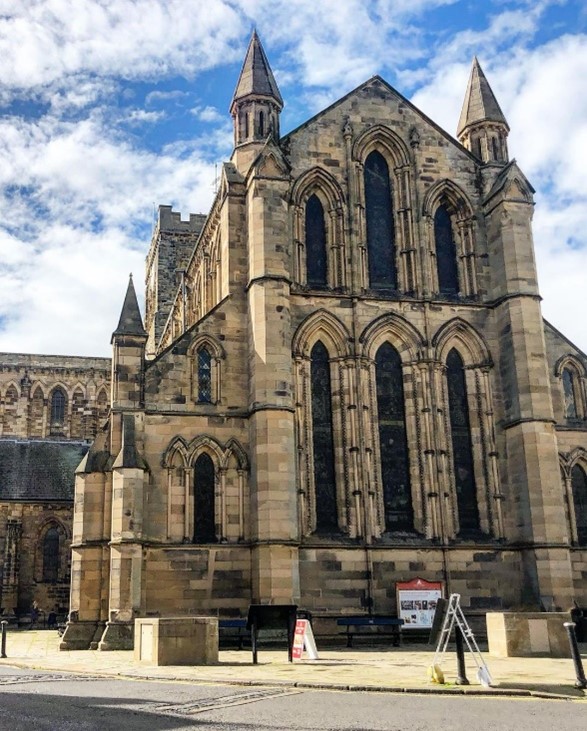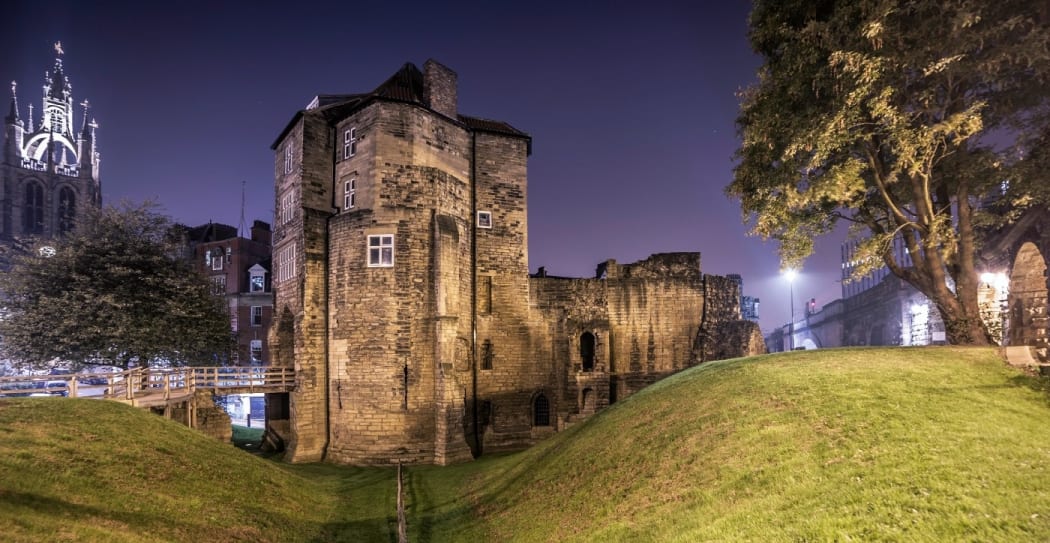 Riflemen from the 3rd Battalion, the Rifles, fold a ceremonial Union Flag in honour of Pte Edmundson
Riflemen from the 3rd Battalion, the Rifles, fold a ceremonial Union Flag in honour of Pte Edmundson
Sunderland-born Private Thomas Telford Edmundson has finally been given a military burial nearly a century after his death.
On Wednesday he was buried ceremonially with full military honours at the Commonwealth War Graves Commission in Belgium.
The service, organised by the MOD’s Joint Casualty and Compassionate Centre (JCCC), was conducted by The Reverend John Swanston, CF, Chaplain to the 1st Battalion of the Rifles.
Captain Patrick Keating, Adjutant 3 Rifles, successor regiment to the Durham Light Infantry, said: “It is an immense honour for the Riflemen of 3 RIFLES to be involved in the burial of Pte Edmundson of the Durham Light Infantry who faithfully served his country over 100 years ago. It is humbling to think of this sacrifice and the debt which the country owes him and we are proud that we in the Rifles carry on the traditions of the Durham Light Infantry and our other antecedents to this day.”
Private Edmundson was killed in action at a battle near Ypres on April 26th 1915. The 20-year-old’s remains were undiscovered until November 2014 when they were found in a shallow grave near the town of Zonnebeke, Belgium.
Forensic sampling of the remains and extensive genealogical research carried out by JCCC, the Durham Light Infantry Museum and Durham County Council, led to the soldier’s identity being narrowed down to eight men.
The JCCA then managed to successfully trace the descendants of all eight soldiers and were able to obtain DNA samples from them all. A second cousin once removed of Pte Thomas Edmundson was a positive match, confirming his identity.
David Hall, a cousin of Pte Edmundson, said: “We have been greatly impressed by the painstaking work organised by the Joint Casualty and Compassionate Centre (JCCC) of the Ministry of Defence. They had to identify descendants of eight Durham Light Infantry soldiers who were killed in fighting around Zonnebeke on 26 April 1915 and had no known grave. Then they had to arrange the collection of samples for DNA testing, and this led to the identification.”



